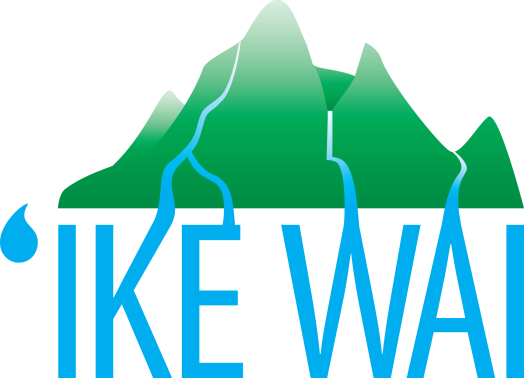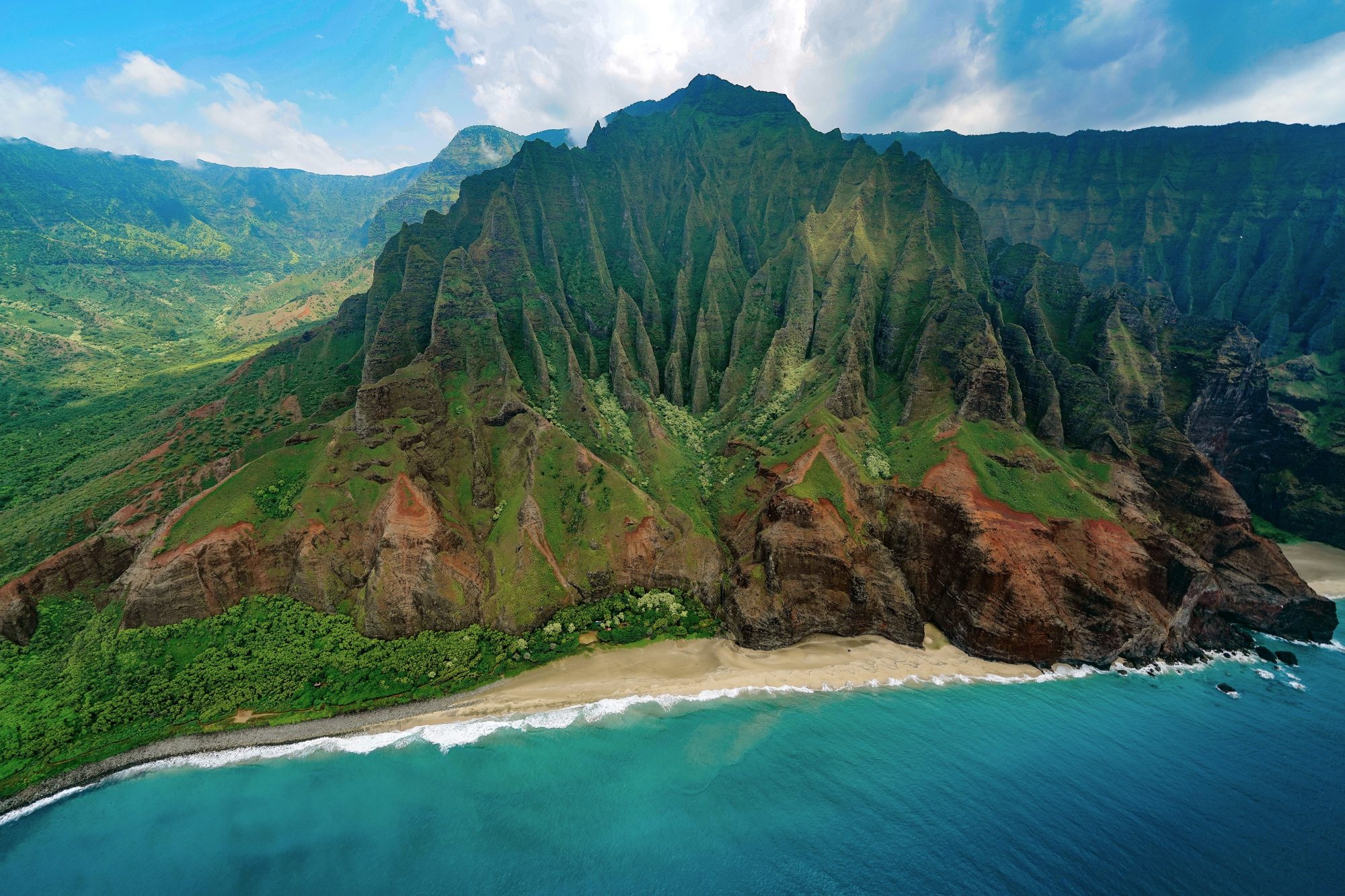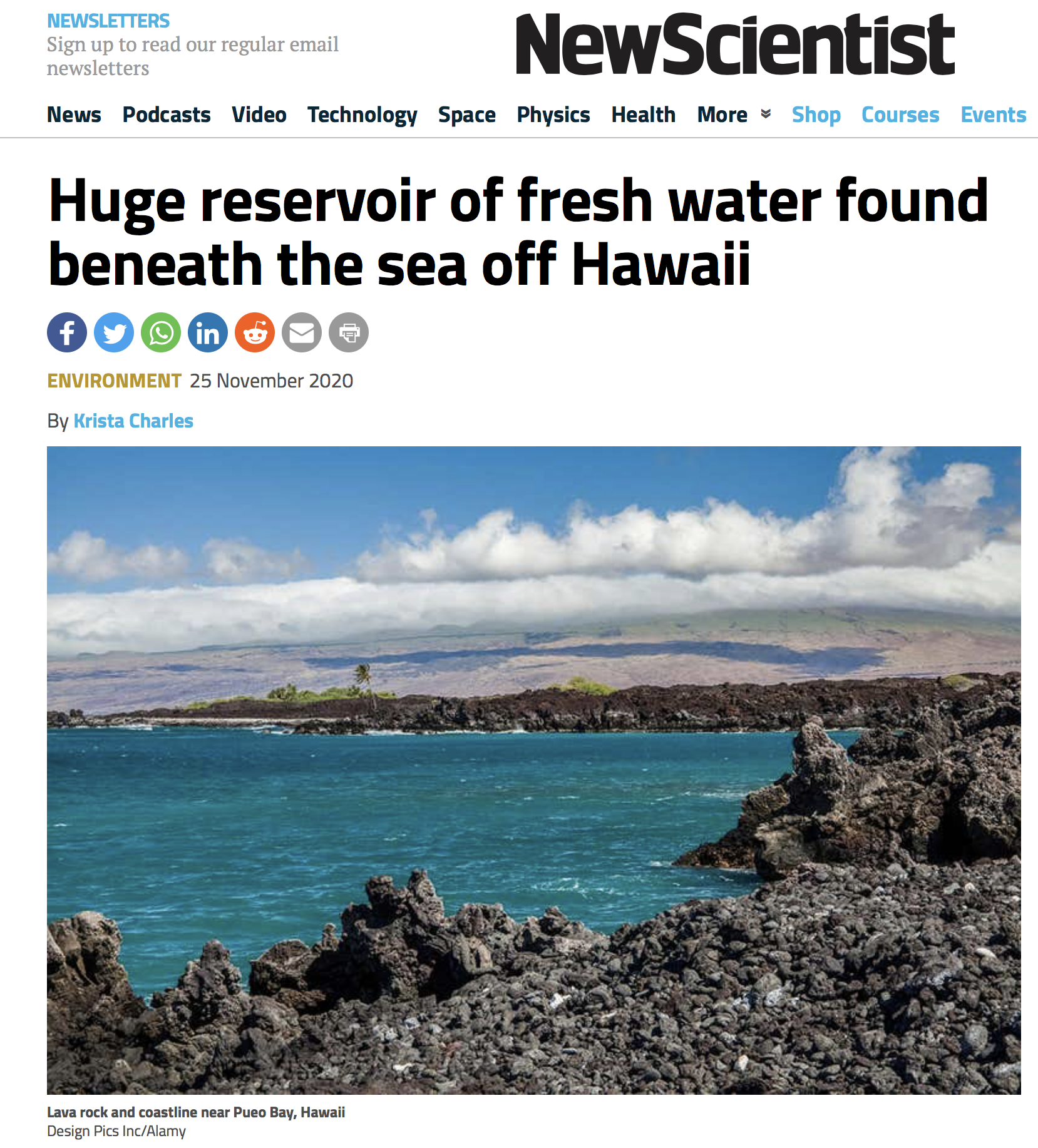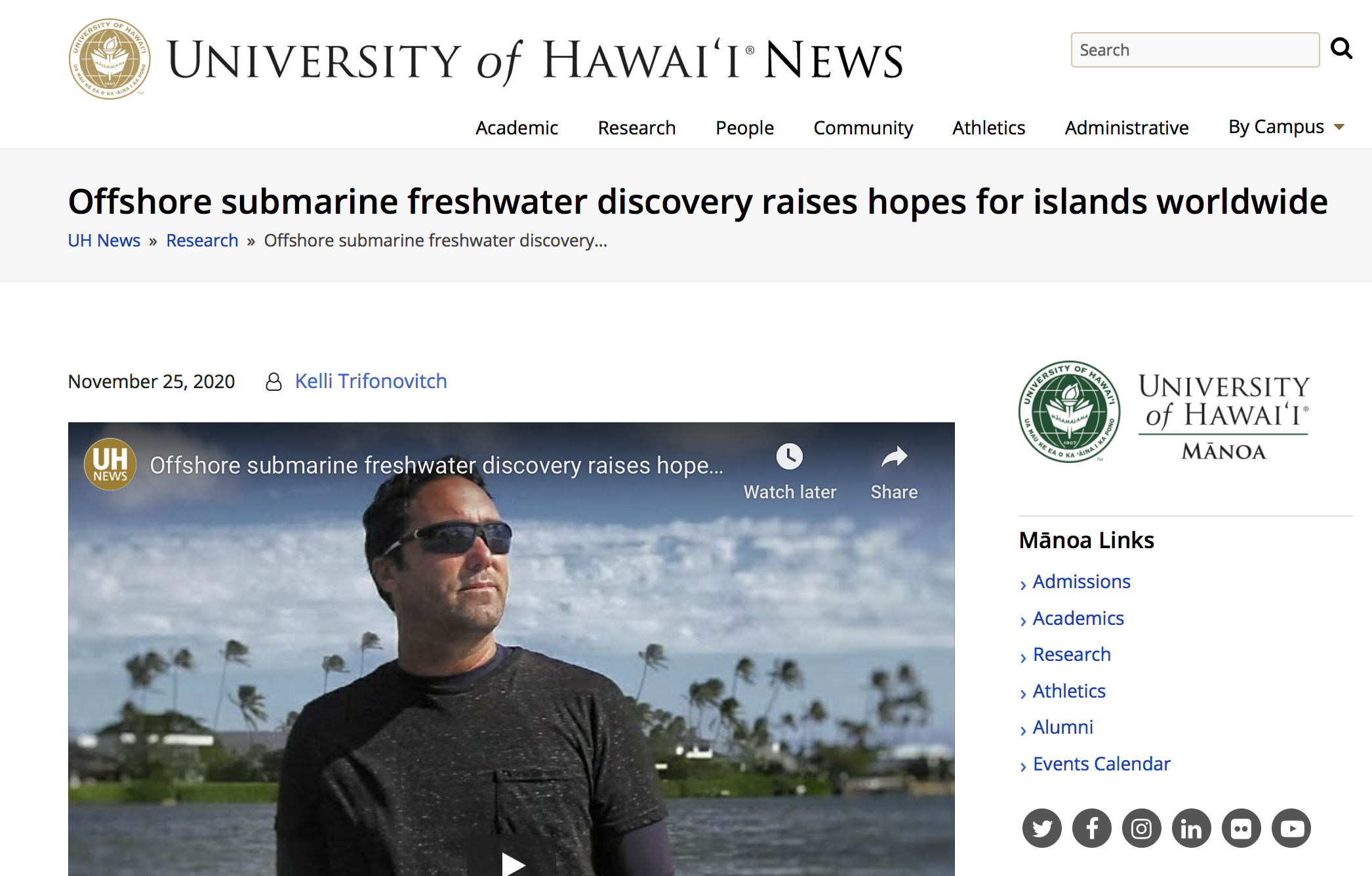Welcome to the ‘IkeWai Marine CSEM survey!
‘Ike Wai, means in Hawaiian “knowledge” and “water”, respectively. The mission of the IkeWai project is to ensure Hawaiʻi’s future water security through multidisciplinary research (e.g., geophysics, microbiology, biochemistry, hydrological modeling) to elucidate the groundwater systems in the island of Hawaiʻi. This large-scale project is funded by the National Science Foundation (NSF) EPSCoR program.

The marine geophysics component of this project used a newly developed surface-towed marine electromagnetic (EM) system and 2D inversion algorithms to study the spatial distribution and interconnectivity of the Hualalai groundwater system offshore the Kona coastline, the island of Hawai‘i. The surface-towed controlled-source EM (CSEM) data successfully imaged these submarine groundwater reserves’ electrical resistivity structure in high-resolution, embedded within complex volcanic geology that includes buried dikes, fault systems, lava tubes, and confined by impermeable ash/soil layers.
Download the full project description: IkeWaiMarineCSEM

The Survey Team:
Dr. Eric Attias – Chief scientist
Hawaiʻi Institute of Geophysics & Planetology
School of Ocean and Earth Science and Technology, University of Hawaiʻi
Dr. Dallas Sherman – Scientist
Scripps Institution of Oceanography
Frontier Geosciences, Inc.
Dr. Khaira Ismail – Scientist
Universiti Malaysia Terengganu
Jake Perez – Sr. Marine Mechanician
Electromagnetic laboratory
Scripps Institution of Oceanography
James Barry – P.E. Ocean Engineer, Hydrographer
Sea Engineering, Inc.
Jason Magalen – P.E. Hydrographer
Solmar Hydro
Brendan Hunter – Ocean Engineer
Sea Engineering, Inc.
Patrick Anderson – Ocean Engineer
Sea Engineering, Inc.
Max Sudnovsky – Huki Pono Captain
Sea Engineering, Inc.
Scientific Collaborations:
This marine study foster collaborations to harness the knowledge of leading scientists in the fields of marine EM, seafloor mapping, and rock physics modeling, including universities and research institutions from USA, Europe, and Southeast Asia. The marine EM laboratory at Scripps Institution of Oceanography (UCSD) provided the CSEM system and supported the data processing workflow. 2D CSEM forward and inverse modeling, as well as interpretation conducted in collaboration with researchers from the Lamont-Doherty Earth Observatory (Columbia University), and Woods Hole Oceanographic Institution. The multi-beam and backscatter datasets have been processed and analyzed in collaboration with researchers from the National Oceanography Centre (Southampton), and the Universiti Malaysia Terengganu. For submarine groundwater quantification, a rock physics modeling scheme has been applied in collaboration with scientists from the Jackson School of Geosciences, the University of Texas at Austin.











































































